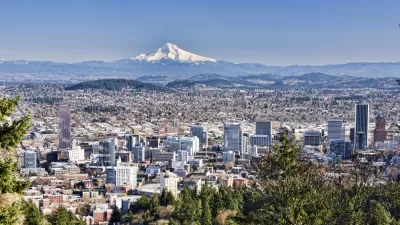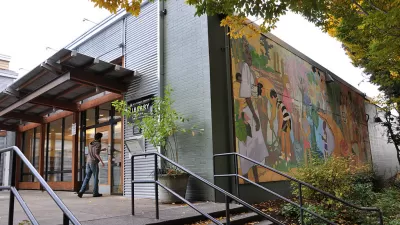Joe Peach explains the technology behind five materials that will dramatically increase sustainability in the building industry. Among the list are wool bricks which are stronger, greater insulators and don't require firing to set.
The building industry is famously slow to partake in the green revolution says Peach, and has long been left behind by advanced technologies available in transit or energy production. However, the future does still mean progress and many exciting innovations are now occurring in the construction industry, which will sustainably address some of the globes growing housing needs.
Scientists in Spain and Scotland found that simply adding wool and a natural polymer found in seaweed to the clay of a brick makes it 37% stronger, and more resistant to the cold wet climate often found in Britain.
Another innovation comes from the world of concrete production, which accounts for a staggering 7-10% of global carbon dioxide emissions. When producing sustainable concrete crushed glass can be added, as can wood chips or slag - a byproduct of steel manufacturing. Whilst these changes aren't radically transforming concrete, by simply using a material that would have otherwise gone to waste, the CO2 emissions associated with concrete are reduced.
FULL STORY: Five Sustainable Building Materials That Could Transform Construction

Planetizen Federal Action Tracker
A weekly monitor of how Trump’s orders and actions are impacting planners and planning in America.

Maui's Vacation Rental Debate Turns Ugly
Verbal attacks, misinformation campaigns and fistfights plague a high-stakes debate to convert thousands of vacation rentals into long-term housing.

Restaurant Patios Were a Pandemic Win — Why Were They so Hard to Keep?
Social distancing requirements and changes in travel patterns prompted cities to pilot new uses for street and sidewalk space. Then it got complicated.

In California Battle of Housing vs. Environment, Housing Just Won
A new state law significantly limits the power of CEQA, an environmental review law that served as a powerful tool for blocking new development.

Boulder Eliminates Parking Minimums Citywide
Officials estimate the cost of building a single underground parking space at up to $100,000.

Orange County, Florida Adopts Largest US “Sprawl Repair” Code
The ‘Orange Code’ seeks to rectify decades of sprawl-inducing, car-oriented development.
Urban Design for Planners 1: Software Tools
This six-course series explores essential urban design concepts using open source software and equips planners with the tools they need to participate fully in the urban design process.
Planning for Universal Design
Learn the tools for implementing Universal Design in planning regulations.
Heyer Gruel & Associates PA
JM Goldson LLC
Custer County Colorado
City of Camden Redevelopment Agency
City of Astoria
Transportation Research & Education Center (TREC) at Portland State University
Jefferson Parish Government
Camden Redevelopment Agency
City of Claremont





























